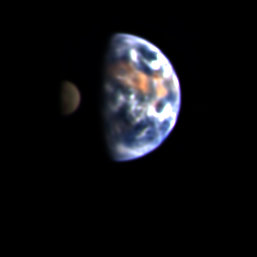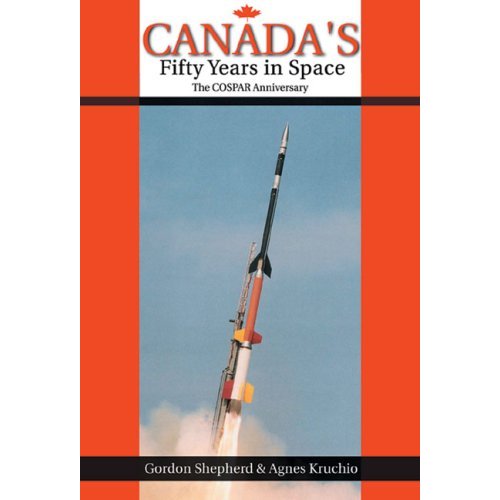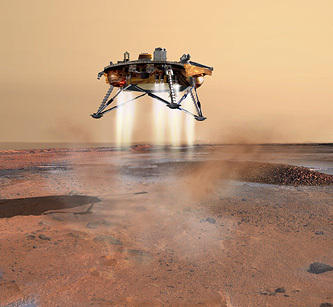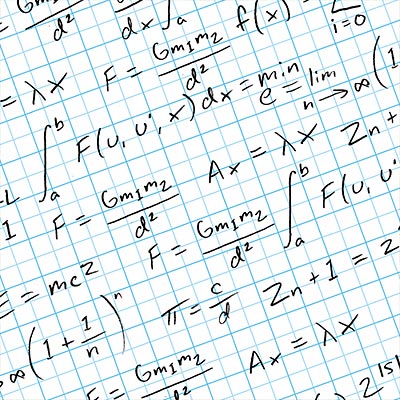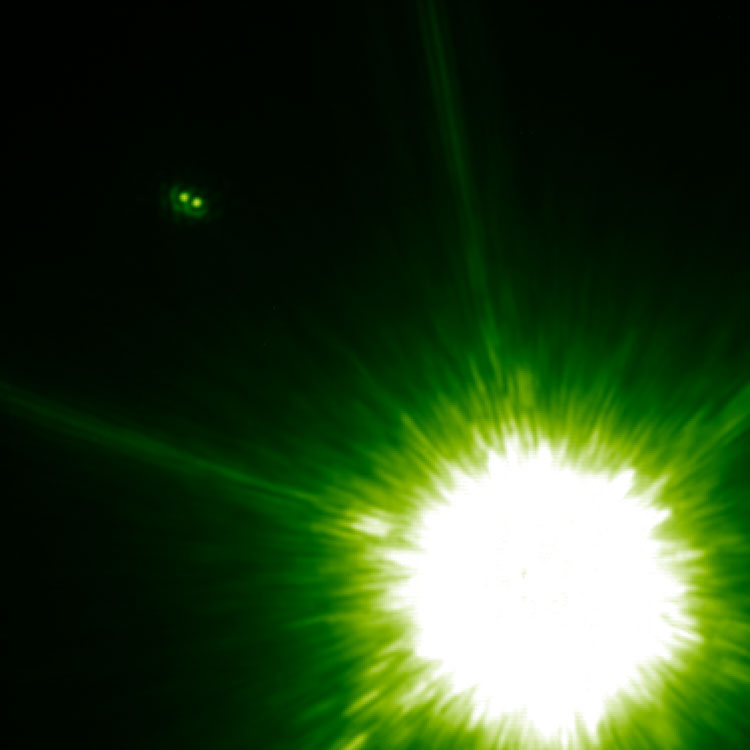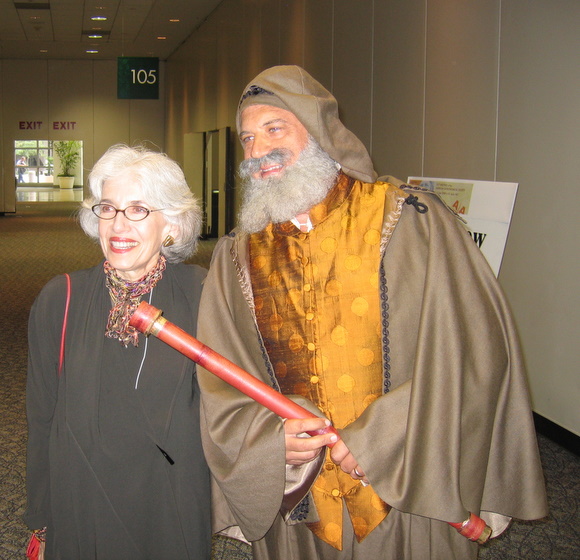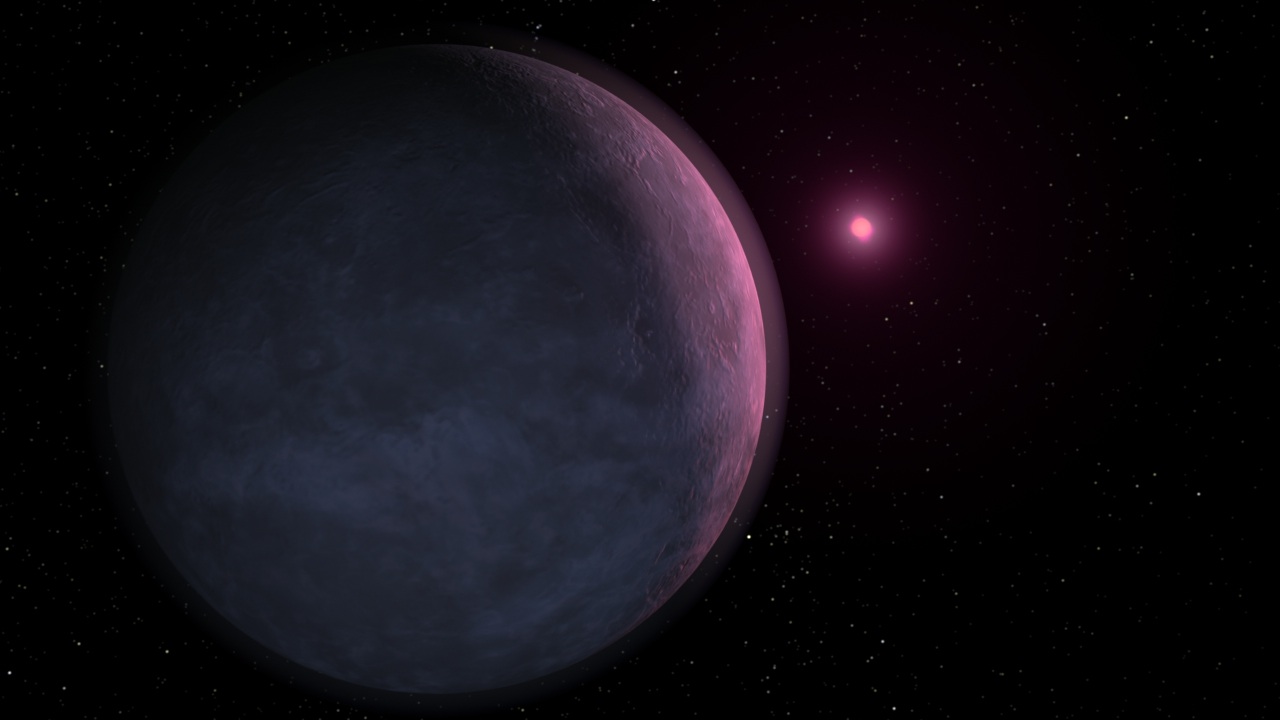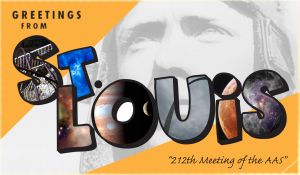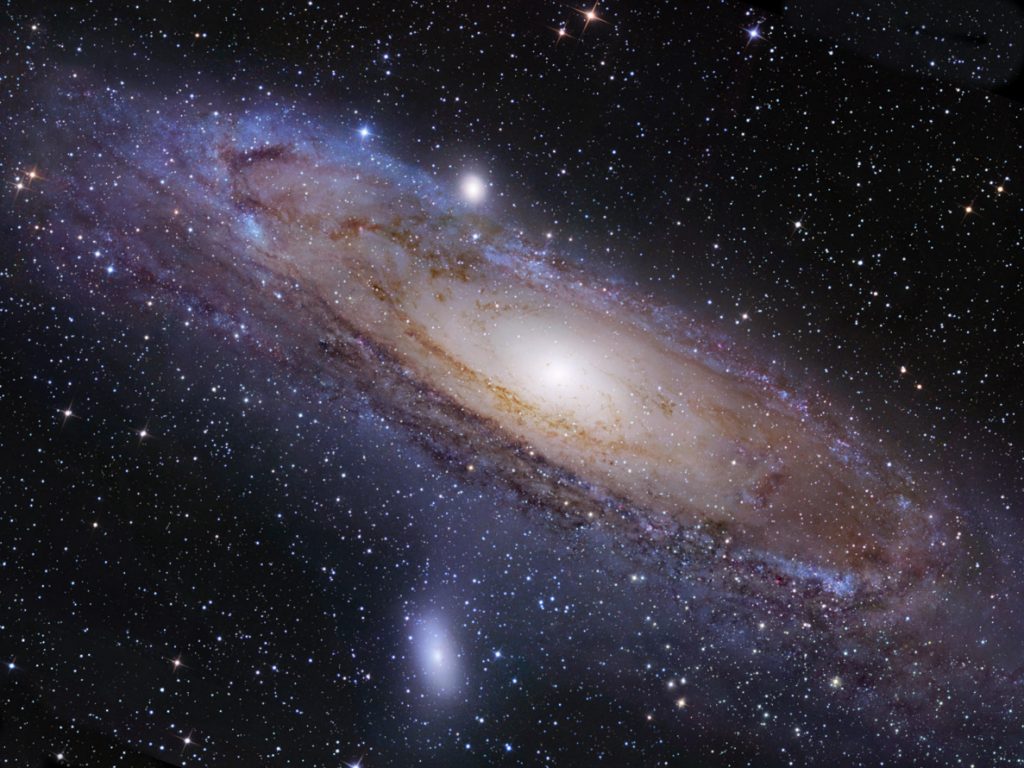Astronomers now know that essentially every galaxy has a supermassive black hole at its center. When the black hole is actively feeding on material, the surrounding region can blaze brightly – this is a quasar, aka an active galaxy. The Hubble Space Telescope has been used to image a set of exotic active galaxies, known as post-starburst quasars.
What’s the relationship between galaxies and their supermassive black holes? Astronomers have been trying to work that out since these monster black holes were first discovered. One theory is that the growth of both go hand in hand through successive galactic mergers. Each merger adds new stars to the galaxy, as well as additional mass to feed the black hole.
With the galactic mergers, there are intense periods of new star formation. Gravitational interactions collapse clouds of gas and dust that go on to form stellar nurseries. The new star formation is hidden in the beginning, but the active quasar at the middle of the galaxy blows with a powerful wind that eventually blows out the obscuring dust.
Starburst galaxies aren’t bright for long, because all the hottest, most-luminous stars only last a few million years before detonating as supernovae. Astronomers were hoping to see galaxies right in the middle, where starburst activity is fading, at the same time that the quasar is blasting out radiation.
One transition galaxy like this had been discovered in the late 1990s. It possessed both the characteristics of a quasar and an older starburst galaxy. At the time it was discovered, the starburst period had happened 400 million years ago – that’s why it’s a post-starburst galaxy.
An international team of researchers used the Hubble Space Telescope to find another 29 examples of these post-starburst quasars. They searched through a candidate list of 15,000 quasars, and found the signatures of 600 post-starburst objects. With ground-based telescopes, these would just be smudges, but the full galactic shapes can be seen in the Hubble images.
Our galaxy will be colliding with Andromeda in about 3 billion years. When this happens, the Milky Way will burst with star formation. One day, we’ll be living in a post-starburst galaxy.
Original Source: Hubble News Release


